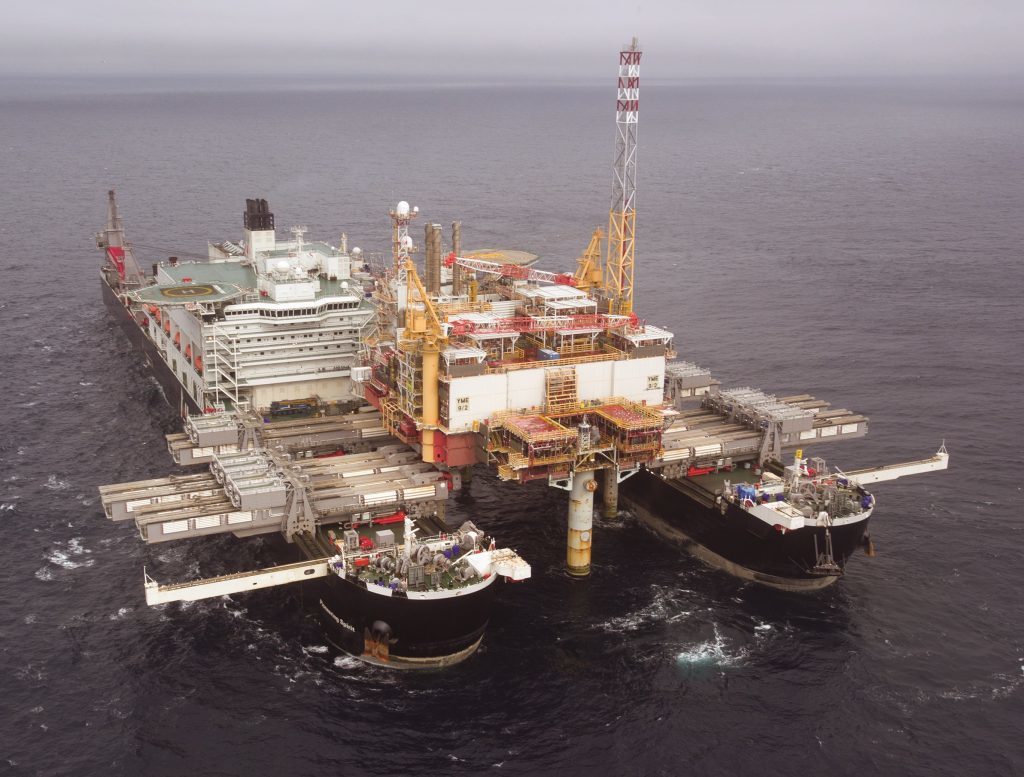
A combination of low oil prices and a drop off in platform installations is contributing to a troublesome outlook for heavy lift vessel (HLV) contractors, an analyst has said.
Companies have faced a challenging market during the downturn and that trend will continue with the number of fixed platforms installed in 2017 expected to fall 45% short of 2014 levels.
It means companies are now looking for work in less traditional markets, with offshore wind and decommissioning emerging as “bright spots”, said Kathryn Symes, senior analyst at energy consultancy Douglas-Westwood.
Ms Symes said that while wind turbine installation was mainly handled by purpose built vessels, HLVs could be used for putting foundations and substations in place, provided that they have enough deck space.
Decommissioning also represents a significant opportunity for HLVs with a lift capacity in excess of 5,000 tonnes, particularly in the North Sea, which contains many large platforms.
Lifting of the heaviest platforms is expected to become more efficient with the addition of super HLVs to the market, including Allsea’s Pioneering Spirit and Heerema’s Sleipnir, slated for delivery in 2019.
Ms Symes added: “The offshore wind and decommissioning markets both have a heavy emphasis on cost reduction, and the resultant requirement for cost-effective HLV solutions going forwards will be extremely important.
“As such, in a market where day rates are often driven by tonnage requirements, super heavy lift vessels may have a somewhat-limited market reach and vessels that are over specified will risk lower day rates.”
Recommended for you

